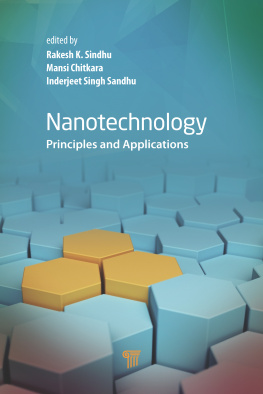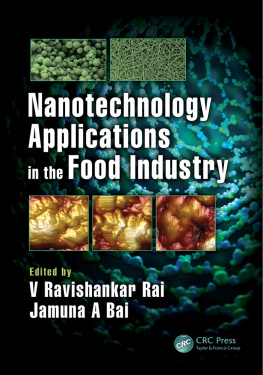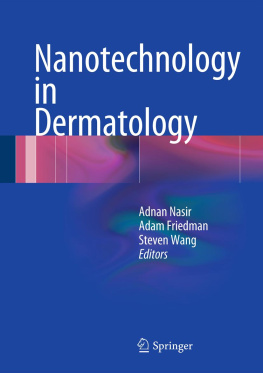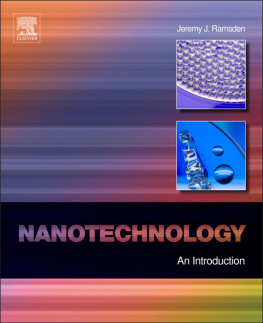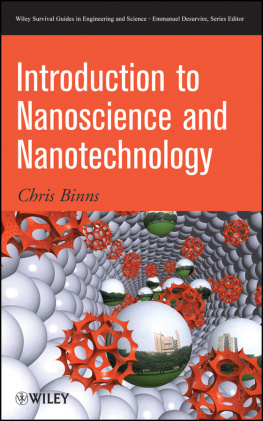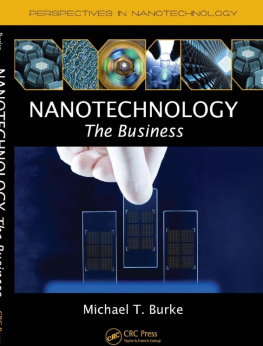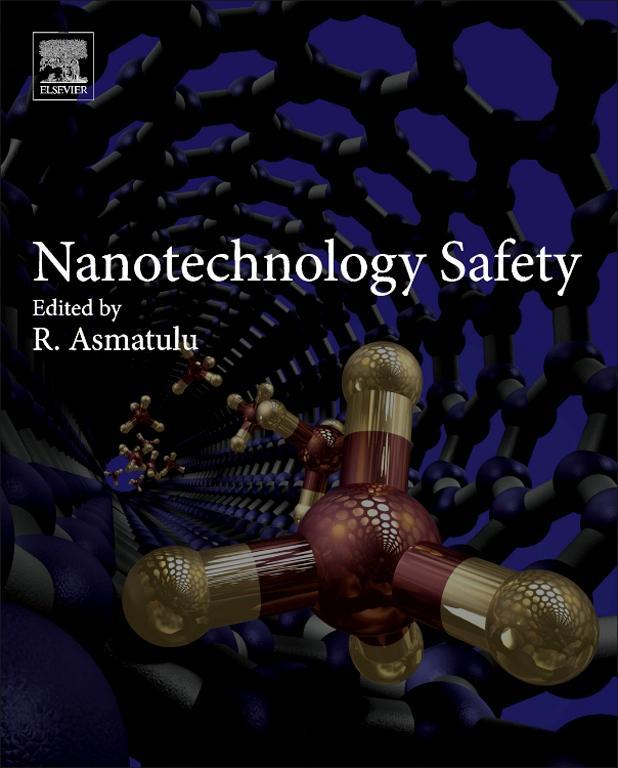Ramazan Asmatulu - Nanotechnology Safety
Here you can read online Ramazan Asmatulu - Nanotechnology Safety full text of the book (entire story) in english for free. Download pdf and epub, get meaning, cover and reviews about this ebook. year: 2013, publisher: Elsevier, genre: Romance novel. Description of the work, (preface) as well as reviews are available. Best literature library LitArk.com created for fans of good reading and offers a wide selection of genres:
Romance novel
Science fiction
Adventure
Detective
Science
History
Home and family
Prose
Art
Politics
Computer
Non-fiction
Religion
Business
Children
Humor
Choose a favorite category and find really read worthwhile books. Enjoy immersion in the world of imagination, feel the emotions of the characters or learn something new for yourself, make an fascinating discovery.

- Book:Nanotechnology Safety
- Author:
- Publisher:Elsevier
- Genre:
- Year:2013
- Rating:5 / 5
- Favourites:Add to favourites
- Your mark:
Nanotechnology Safety: summary, description and annotation
We offer to read an annotation, description, summary or preface (depends on what the author of the book "Nanotechnology Safety" wrote himself). If you haven't found the necessary information about the book — write in the comments, we will try to find it.
Nanotechnology is a new and emerging discipline that is multidisciplinary and interdisciplinary. The usage of nanosystems, nanomaterials, nano-devices, etc. permeates all aspects of society. Cancer targeting and curing nanosystems are being introduced into the biomedical and pharmaceutical industries; so are lightweight energy absorbing or blast-proof nanohybrid material in the aerospace, automotive and marine industries and high-efficiency energy harvesting nanomaterials, etc. Society has a vested interest in knowing how these new materials, devices and systems are changing the economy and similar landscapes. The book outlines the regulatory and environmental issues related to nanotechnology per industry, offers guidelines in assessing the risks and discusses the legal and socioeconomical issues involved. Case studies will be utilized to provide examples of the positive and negative impacts of nanotechnology.
- Provides an overview and the basis for understanding the critical importance of the reactivity and efficacy of nanomaterials and the emerging role of nanotechnology in society
- Explains the fundamentals, ethics, regulatory and environmental issues of nanosafety and how they shape the emerging nanotechnology industry and markets and includes extensive lists of glossary terms, terminologies and concepts needed for Material Data Safety Sheets
- Discusses the relevance and specificity of nanosafety issues per industry and includes discussions on the Homeland Security and Infrastructure Industries of interest to society in general
- Includes nanotechnology risk assessment and delineates and quantifies the risk assessment process for nanotechnology safety of paramount importance to most industries and systems
- Outlines the legal and intellectual property ramifications of nanotechnology and its impact on productivity and society
Ramazan Asmatulu: author's other books
Who wrote Nanotechnology Safety? Find out the surname, the name of the author of the book and a list of all author's works by series.



